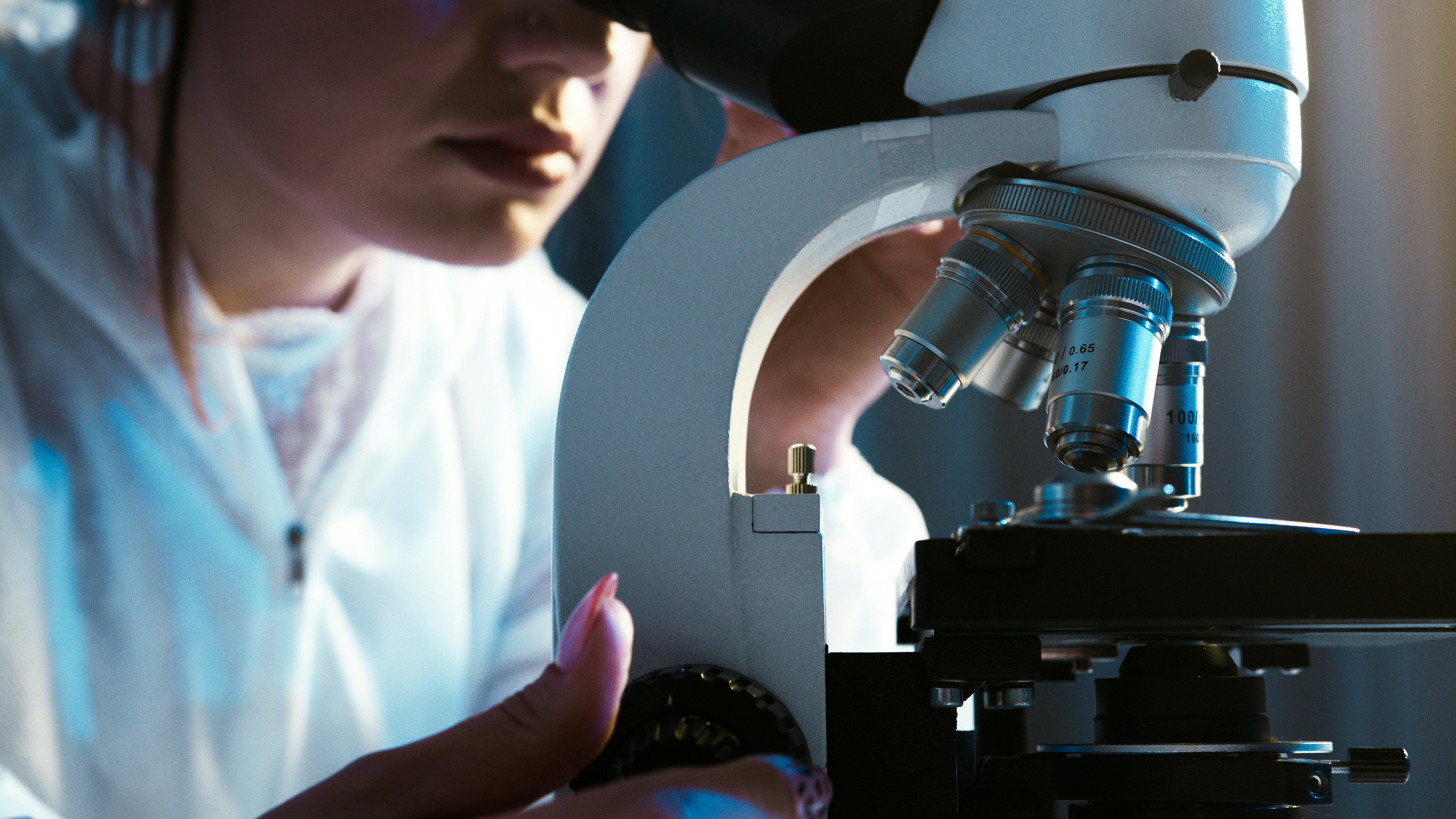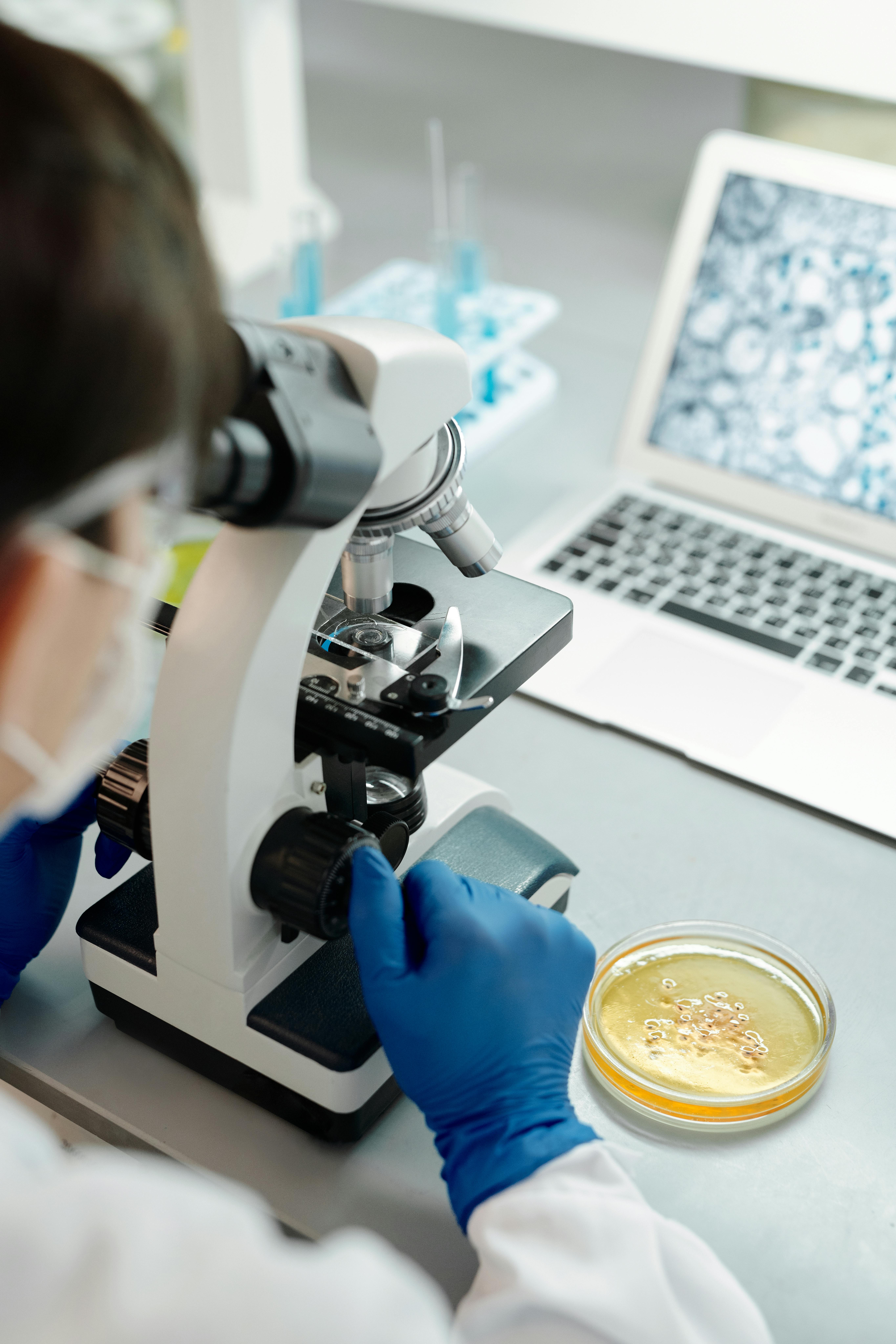Top 7 Effective Ways to Optimize Your Creatin Test in 2025

As we move into 2025, optimizing your Creatin test becomes essential for ensuring accurate assessment and effective health management. This test measures creatinine levels in the blood, which can provide valuable insights into your kidney function and overall health. By optimizing the test process, not only can you help patients receive more reliable results, but it can also pave the way for better medical decisions and targeted treatments.
In this article, we will explore seven effective ways to optimize your Creatin test. These strategies will enhance the accuracy and reliability of your results, ultimately benefiting both physicians and patients. We will cover the importance of patient preparation, sample collection techniques, proper storage and transport methods, and more.
By applying these principles, you can ensure a smoother testing process, leading to improved clinical outcomes. Let’s dive into these optimization methods so you can enhance the effectiveness of your Creatin test in 2025.
Essential Steps for Patient Preparation
Building on the necessity for reliable test outcomes, the initial phase for optimizing the Creatin test involves patient preparation. Inadequate preparation can skew results and lead to misdiagnosis. Here are effective strategies for ensuring optimal patient readiness.
1. Provide Detailed Pre-Test Instructions
Informing patients about the guidelines they need to follow before the test is crucial. For instance, they should be advised against consuming high-protein diets or intense physical activities leading up to the test, as these can elevate creatinine levels. Clear communication regarding fasting and hydration levels can also enhance test reliability.
2. Schedule Testing at the Right Time
Convening tests at optimal times can significantly impact results. Morning tests are preferable, as creatinine levels can vary throughout the day. Consistency in testing schedules among patients can improve comparative analysis and historical tracking.
3. Collect Patient Medical History
Gathering comprehensive medical histories, including medication and supplement use, allows for better interpretation of test results. Certain medications can influence creatinine levels, so it’s vital for healthcare providers to know what the patient may be taking.
Advanced Sample Collection Techniques
Once patient preparation is established, focusing on sample collection methods is paramount. Effective collection techniques can minimize errors and ensure the integrity of the sample.
1. Utilize Proper Venipuncture Techniques
Utilizing correct venipuncture techniques is essential for gathering an accurate blood sample. Proper needle size and angle can minimize hemolysis, which can artificially increase creatinine values. Make sure that those collecting samples are well-trained.
2. Employ Appropriate Tubes
Choosing the right tube for collection is also critical. The use of serum separator tubes can help prevent contamination and preserve sample quality until analysis. Always label samples correctly to avoid mix-ups.
3. Monitor Sample Handling Procedures
Ensuring that each sample is handled and processed under controlled conditions helps maintain its integrity. Avoiding exposure to extreme temperatures and light can prevent degradation of the sample prior to testing.
Storage and Transport of Samples
Following appropriate collection methods, the storage and transport of samples also significantly impact overall test optimization, shaping how results are interpreted.
1. Maintain Ideal Storage Conditions
Samples should always be stored at regulated temperatures. Blood samples for creatinine testing should preferably be refrigerated if they cannot be tested immediately. This helps preserve the sample integrity over time.
2. Streamline Transport Logistics
Establishing a reliable transport protocol ensures that samples are delivered to the lab in a timely manner without compromising the quality. Using insulated containers can help mitigate exposure to unsuitable temperatures during transit.
3. Conduct Regular Audits
Periodically reviewing storage and transport procedures enables labs to identify areas for improvement. Regular audits help ensure that protocols are followed strictly and that best practices are maintained.
Technology Integration in Testing
Incorporating technology into the testing process is also a pivotal aspect of optimizing the Creatin test. By leveraging advancements, labs can heighten efficiency and accuracy.
1. Use Automated Analyzers
Automated systems can enhance accuracy and reduce human errors. High-throughput analyzers allow for simultaneous testing of multiple samples, which can heighten productivity while minimizing contamination risks.
2. Implement Digital Tracking Systems
Digital systems for tracking samples can streamline operations and enhance traceability throughout the testing process. By utilizing QR codes or unique identifiers, errors in sample handling can be minimized.
3. Integrate Result Interpretation Software
Utilizing specialized software for result analytics allows for advanced comparisons and trends over time. This direct access enables better decision-making and fosters personalized patient care.
Ongoing Training and Quality Control
Finally, sustaining high standards through ongoing training for staff and quality control measures reinforces test optimization.
1. Regularly Update Training Programs
Staff training should be continual and responsive to the latest developments in technology and methods in laboratory practices. Regular workshops can ensure that employees stay informed about new protocols and improvements.
2. Create a Culture of Quality Assurance
Fostering a workplace culture dedicated to quality can improve staff engagement and ensure reliability in testing. Regular team meetings to discuss results, errors, and achievements can help maintain focus on quality standards.
3. Monitor and Evaluate Performance
Establish metrics for assessing lab performance on the Creatin test. Setting benchmarks allows for meaningful evaluation of practices and enhancement opportunities based on data-driven insights.
Conclusion and Future Directions
As we look towards 2025, optimizing the Creatin test requires a comprehensive approach focused on patient preparation, sample handling, technology integration, and ongoing staff development. By implementing these effective strategies, laboratories can significantly enhance the accuracy and reliability of results, ultimately leading to better patient outcomes. For detailed insights into related topics, feel free to explore more at this link and this link.

